‘Learn the rules like a pro, so you can break them like an artist.’ Pablo Picasso
Textile artist Valerie Deas was a fan of Pablo Picasso’s cubism art. Picasso broke the rules when it came to visual perception, and Valerie’s art quilts sought to do the same. Whether playing with colour or overall composition, Valerie strived to turn traditional quilting techniques on their head. And she made no apologies along the way.
Valerie passed away suddenly in September 2023. In this interview she shared her work and artistic philosophy as a true ‘fabric whisperer’.
Throughout this article, Valerie used the word ‘spontaneity’ to describe her work. But be assured, spontaneity does not mean jumbled or otherwise disparate works. Her ability to layer and finesse diverse patterns and colours provides a feast for the eyes.
Valerie shared how fabrics literally spoke to her and lead the way in design. And she described her layering techniques, along with creating new fabric from pictures of older fabric. Remarkable!
You’ll also learn how teaching elementary school art classes taught Valerie what ‘artistic license’ truly means.
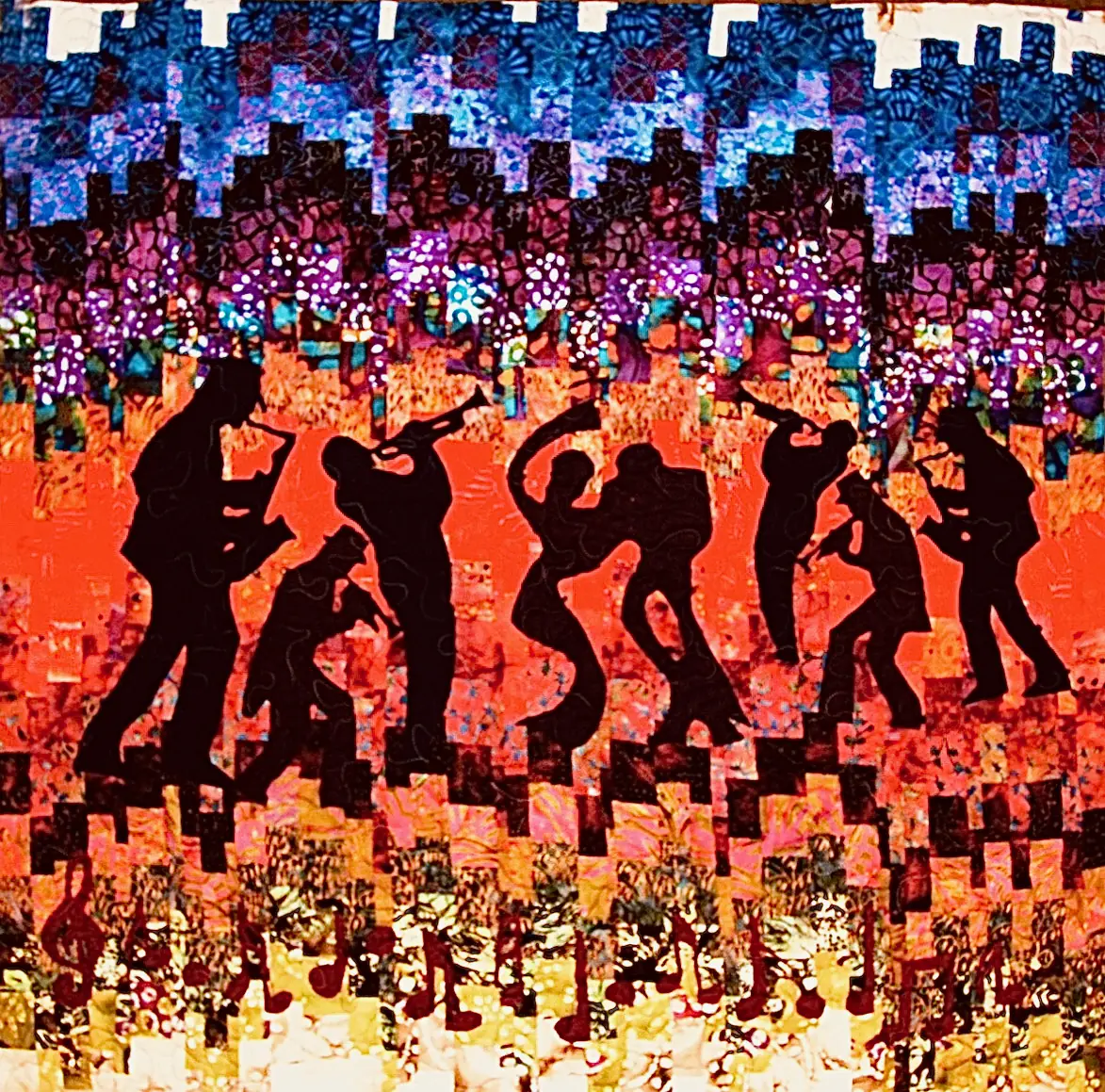
Creative freedom
What initially attracted you to textiles as a medium? How was your imagination captured?
Valerie Deas: I first started quilting when a couple of friends who took African dance classes with me (Ife Felix and Bernadine Jennings) formed the Harlem Girls Quilting Circle. I had sewn growing up, but that was my introduction to quilting and where I learned the technical skills.
I made quite a few large quilts and eventually sold them all, but I was an outlier in the group. I was more interested in creative freedom in quilting than in measurements and straight lines.
A turning point came when I saw an exhibition of Gee’s Bend quilts and saw that improvisation – the abstract patterns – offered a different approach to quilting. It didn’t matter if the lines weren’t precise. I realised I could use my imagination, my spirit and my energy in creating quilts.
Now, as I merge textile and visual art in my creative process, I am still interested in nontraditional forms and especially in experimenting with texture and three-dimensionality in my work.
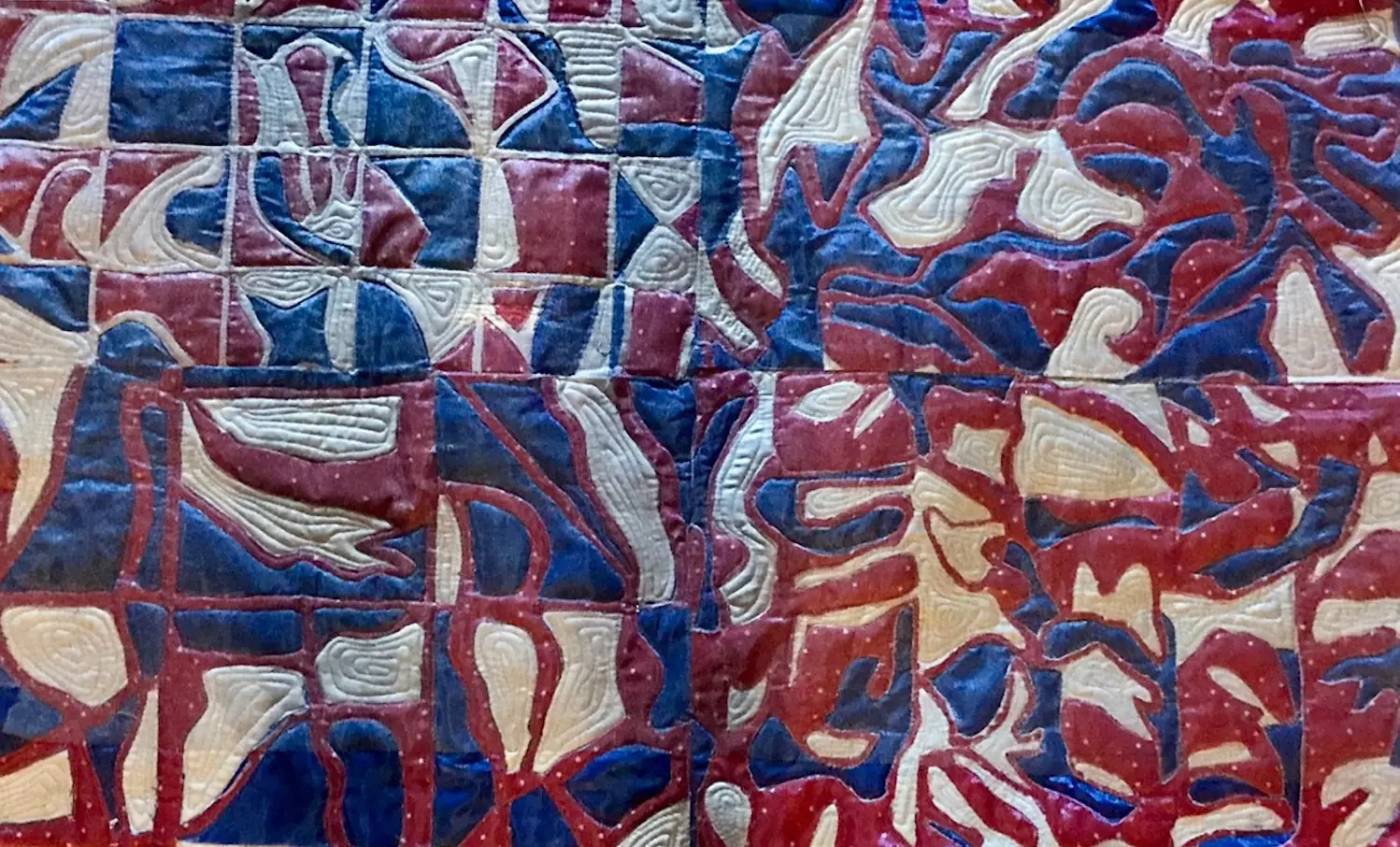
What or who were your early influences and how has your life and upbringing influenced your work?
My whole life experience shaped me as an artist. I grew up in a large family, the second of 10, and I was a premature baby. We couldn’t always get all the things we wanted, and I saw my mother struggle with that. I was very attuned to her struggles.
When my parents separated, my older sister and I went with my grandmother. The hurt and the pain help you to develop who you are.
But I also came from a family of artists: an uncle who sculpted and built furniture, another who made jewelry, and another who drew and made maps.
I was always open to other cultures and genres, as well as mixing media.
I studied cultural anthropology as an undergrad, and I’ve traveled extensively. As a result, I see echoes of other cultures and of my own African DNA in the motifs that emerge in my art.
My work has also been shaped by dance and music. I enjoy Brazilian and African dance, my husband always played a hugely eclectic mix of music that really developed my ear, and I wrote songs.
All of those movements, shapes and ideas are important in my art.
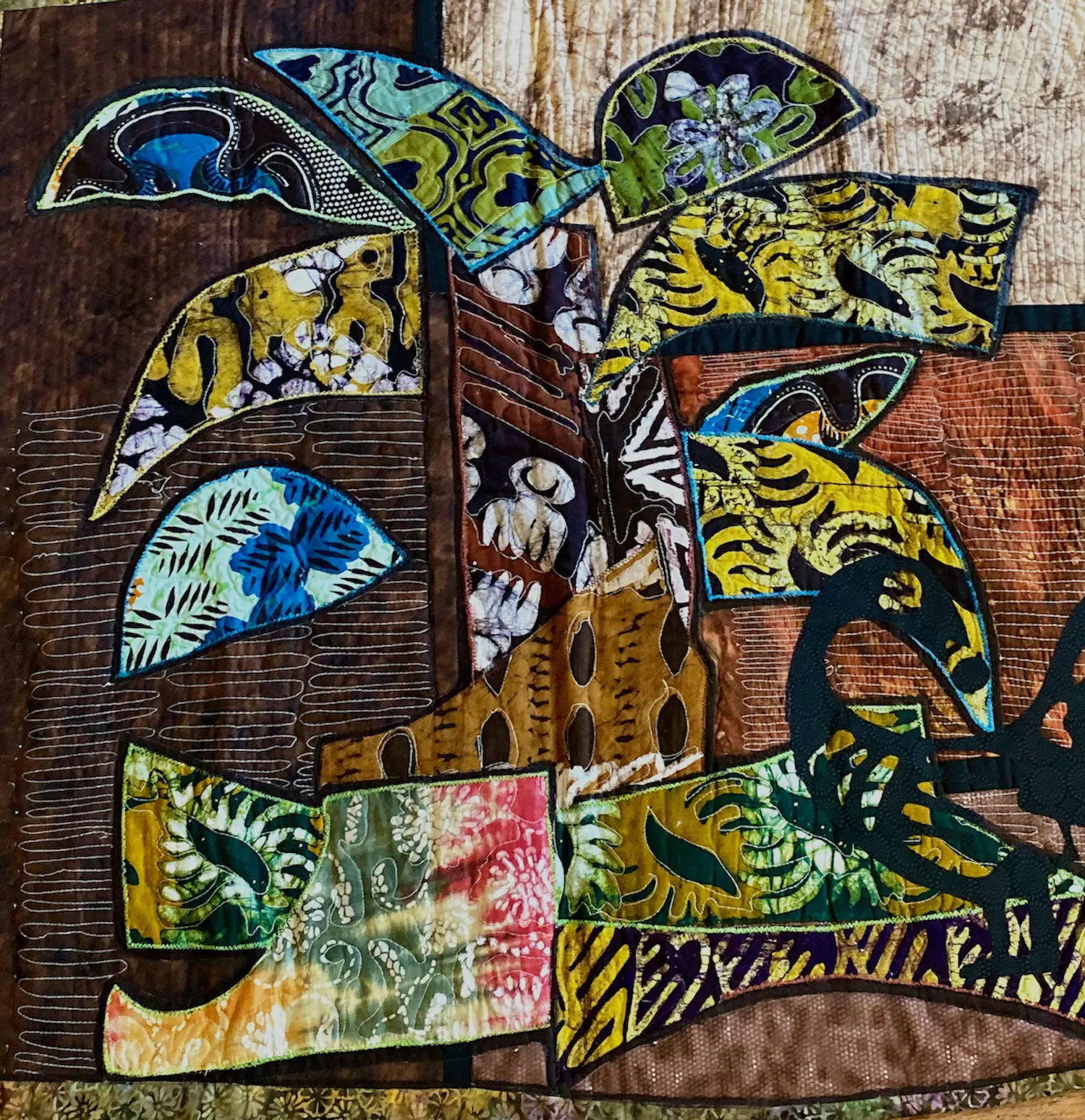
What was your route to becoming an artist?
I can’t remember a time I wasn’t creating. Even as a little girl I made potholders and sold them for 50 cents.
I’ve always found sanctity and peace in creating art—it was therapeutic for me.
In addition to my family influences growing up, I also had a number of academic and artistic influences. In grad school, Faith Ringgold was my teacher, and I’d go to her house where she taught me to make soft doll sculptures.
In addition to anatomy classes, I took classes at the Art Student League of New York and the School of Visual Arts and City College (New York).
Having a formal art education often interferes with one’s natural curiosity that allows working from a spontaneous place. There is an emphasis on following rules imposed by a professor.
However, one of my professors saved my spontaneous approach to creating art. He told me I could create any way I wanted to in his class, because I was natural, and that people pay thousands of dollars to learn what I have naturally. He saved my spontaneity.
Still, it took me a whole year to become comfortable making art without thinking about the technical elements and principles of design.
Children, on the other hand, are very natural, and for the most part, not afraid of exploration. I taught elementary school art classes for 13 years, and that interaction with children was fundamental. Their insights and different ways of viewing art and the world were a gift. They helped me release what I had been holding inside.
For example, while I often made samples for children’s art projects, I would receive finished artwork that was totally different from my sample. Throughout the lesson, they appeared to understand what was at the core of the work and then felt free to build on that. While some of my sample could be seen, they used artistic license to create what they wanted.
Their interpretations helped me be explorative with my own art and approach it with a similar lightheartedness.
The children also made unique decisions about colour applications. A tree could be purple and red or blue and black. They were happy and satisfied with their art, so who was I to interject, telling them what colour a tree should be?
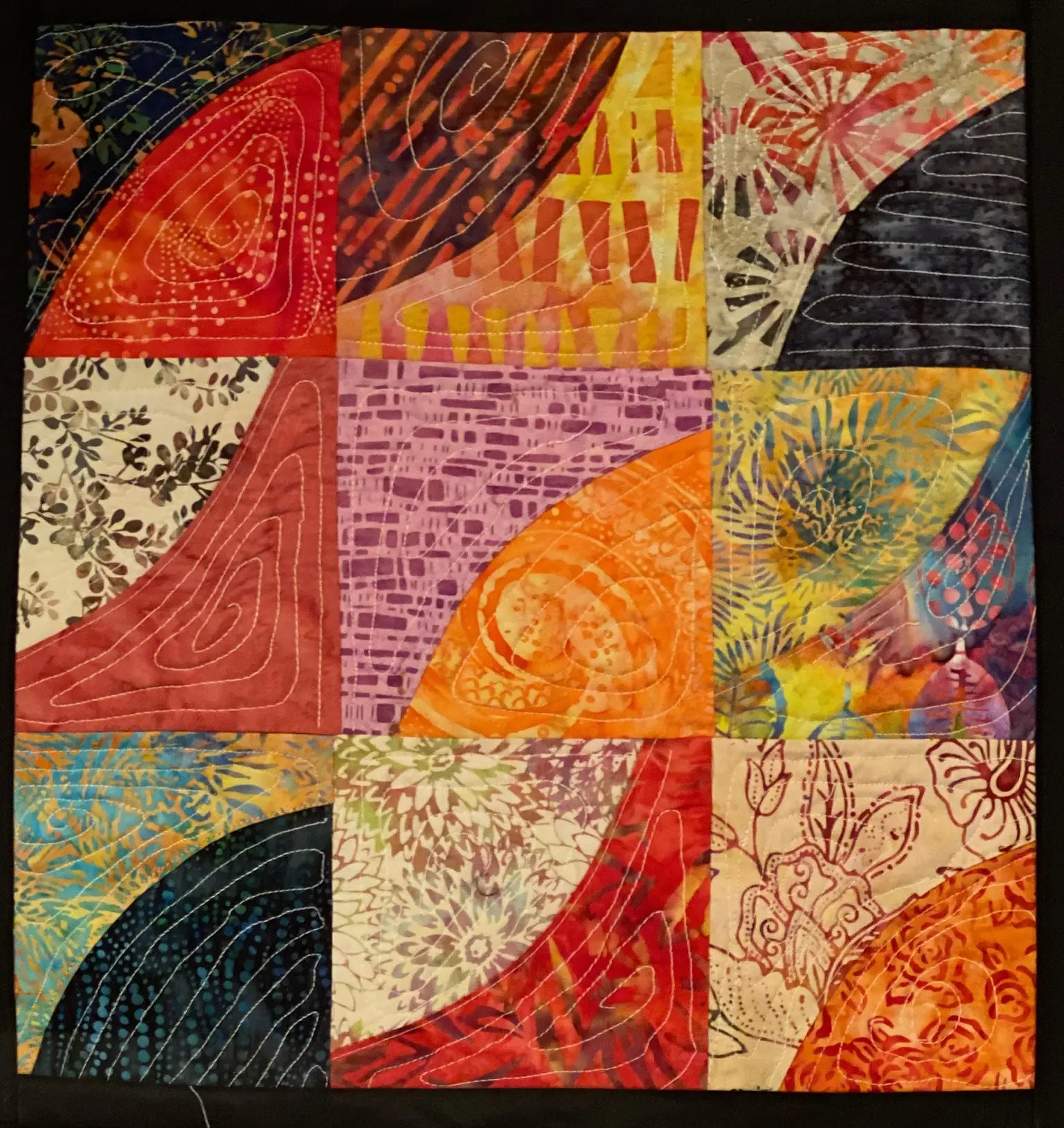
Breaking rules on purpose
Tell us about your process from conception to creation
My process is spontaneous and energy-based. Instead of starting with a picture or plan, I go to the fabric and start from there. In that sense, conception and creation come together as a single, interconnected and ongoing process.
It might sound ridiculous, but I basically choose fabrics based on spiritual messages I get from the universe. It is very hard to put into words, but it is the truth! I never go into the store with a definitive idea. Instead, once I am there, the mystery unfolds, and I feel I am guided by the powers of inspiration.
When I started quilting more than 20 years ago, the founders of the quilting guild urged members to use 100% cotton fabric because it won’t stretch. So, most of my quilts, especially bed quilts, were made using cotton fabrics.
But within the last five years or so, I started working with batik fabrics imported from different countries. I like the different patterns, the rich, bold colors, and the different motifs. I’m also attracted to the wax-resist and dye process with which batiks are made.
I usually go to Joann Fabrics because they have a tremendous selection. I also purchase fabric online, as well as from small, independent fabric stores.
I might keep an overall idea in mind or start from a small detail or limitation. For example, one piece was built around a black-and-gold motif, while another (Tree of Life) was based on finding a use for a bag of batik fabric remnants. That attention to the materials, their textures and the possibilities for layering is what drives my process.
When I started quilting 20 years ago, I went by the book. I followed the rules and at the time it was cool – I was happy with it. Quilts had three parts (top, middle and bottom) and the exact measurement was paramount.
But once I had some quilting techniques under my belt, I started experimenting with other ways of making my quilts.
One way was layering. The addition of a layer of transparent fabrics like organza and voile was something I really explored! The fabrics were light enough that hand or machine stitching was easy. The fabrics added richness and a touch of elegance to my quilts.
Another technique I use is reverse, machine, and hand appliqué. When I use reverse, I cut away different layers to expose different designs within the quilt, which also allows for layers and depth.
I also consider how I can build out a series of works, giving people a fuller idea of who I am through related or interconnected pieces. Since I primarily work from a spontaneous place, I have sometimes created works of art that seem random: they are not connected in any way except by the fact that I created them.
However, I have recently been motivated to create art that is connected in a series, developed around a theme. I think it offers a more thorough view of the artist. People remember artists who have some sort of signature. Some sort of identity.
I also avoid faces in my art, so that viewers can look beyond features. I want to focus on showing something we don’t immediately see – I want to spark a conversation.
I don’t believe there is one way of doing anything and taking a leap of faith often pays off in many ways. Trying something new with the purpose of sharing can also often bring criticism, but I am who I am.
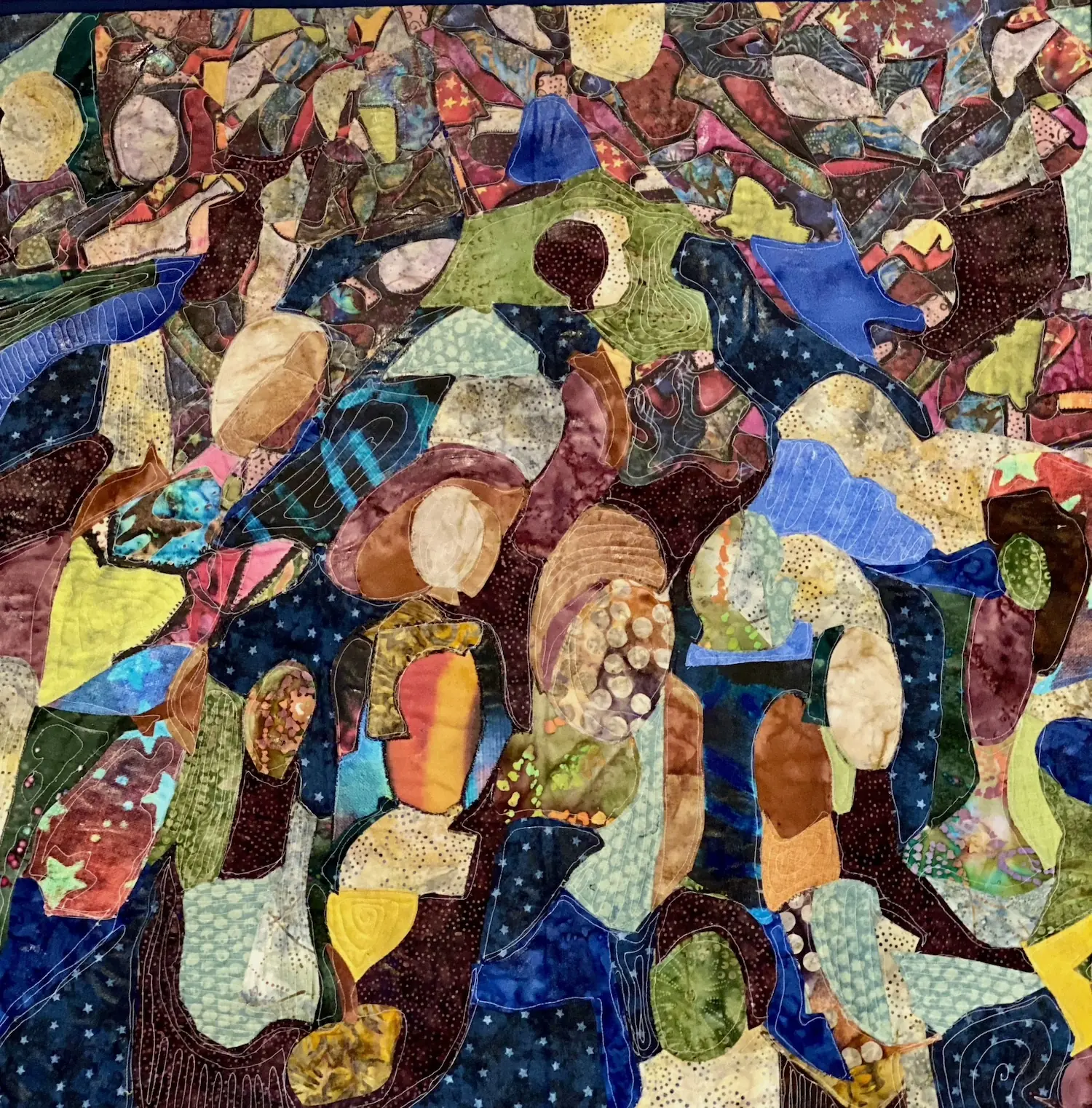
Tell us a bit about your chosen techniques and how you use them
I’m always trying to bring an element of reality into abstract art, particularly with depth and dimensionality, which draws you into a piece compositionally. A good example is Faces in a Crowd, which has the larger figures in the foreground.
I have been photographing fabric and printing the photographs on printable fabric sheets. It allows me to blow up the images and create new fabric from old patterns.
My first attempt at this technique was very successful because I had already been exploring it on a smaller scale. I have learned it is important to have high-quality colorfast fabric sheets, and I really like Taylor’s printable sheets. The colours look great, and the fabric sheets are strong, not flimsy.
I have also used Spoonflower for several small projects in the past.
I’ve been experimenting with texture and layering in my painting, and I’m interested in adding texture to fabric with paint. I’d also like to explore copying my paintings onto fabrics to use for my quilts.
Taking photographs and printing my own fabric are allowing me to expand my mixed-media approach and merge my visual art with quilting in new ways.
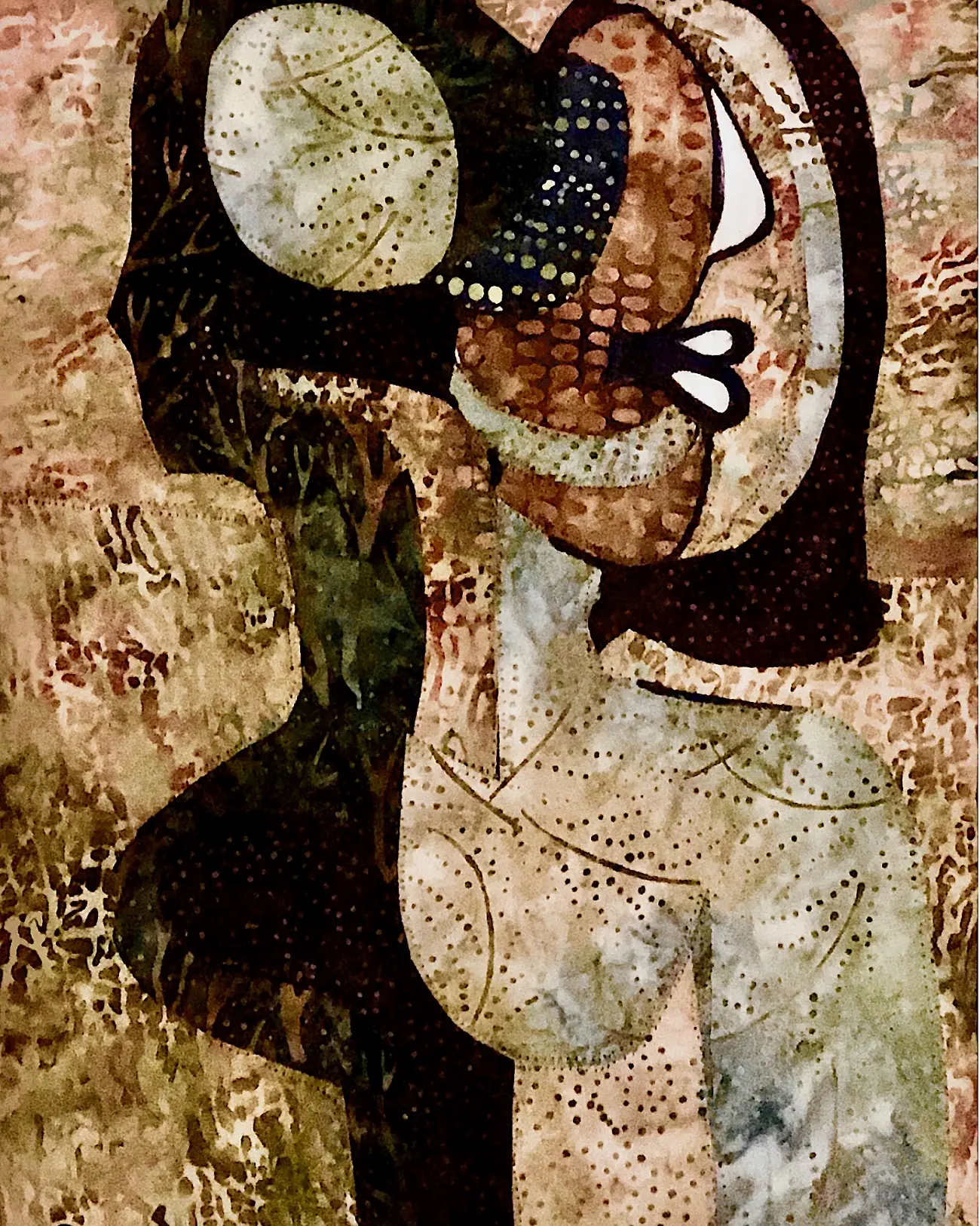
What currently inspires you?
I’ve always been inspired by Pablo Picasso’s cubism. He didn’t care about other people’s opinions when he was trying something new, and I can relate to that.
My four beautiful grandchildren inspire me. They are such gifts to me, and they also help me see that I’m a gift. I’m an asset to the community and the world, particularly through what I can put into my art. That potential for seeing the gifts in other people and offering something of myself inspires me.
I’m also inspired by looking at other artists’ work and going to museums. Whether it’s European, African, Mexican art, I see the commonalities and connections across the genres and cultures. And I see their traces in my own work.
We’re always taking things in, even if we don’t realise it, and I’m always learning.
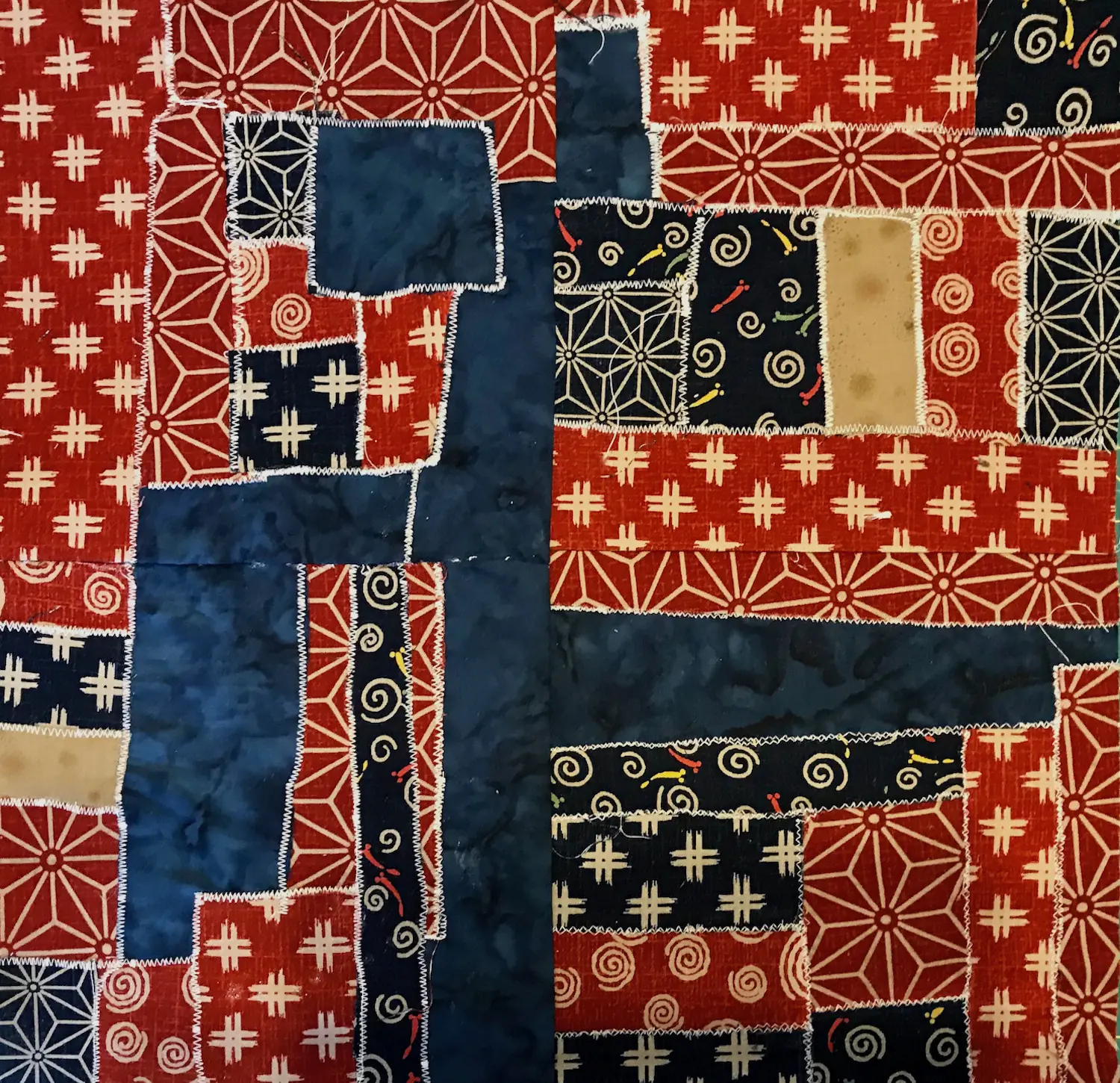
Continued exploration
Tell us about a piece of your work that holds particularly fond memories and why?
Phenomenal Faces in the Crowd holds especially fond memories because of how I created it. I had made a smaller version that I submitted for an exhibition, and they asked me to make it larger. Since I’d run out of materials, I had to reproduce the fabric from the small version using photo transfer fabric to make the larger version.
It’s an important work because its process of creation was about looking for a solution when faced with a limitation.
The piece’s story is also important to me. It shows a colorful world of people in a crowd, and the larger figures in the foreground don’t have features, making it a kind of universal image. And then the composition with the smaller pieces in the background draws the viewer into that world.
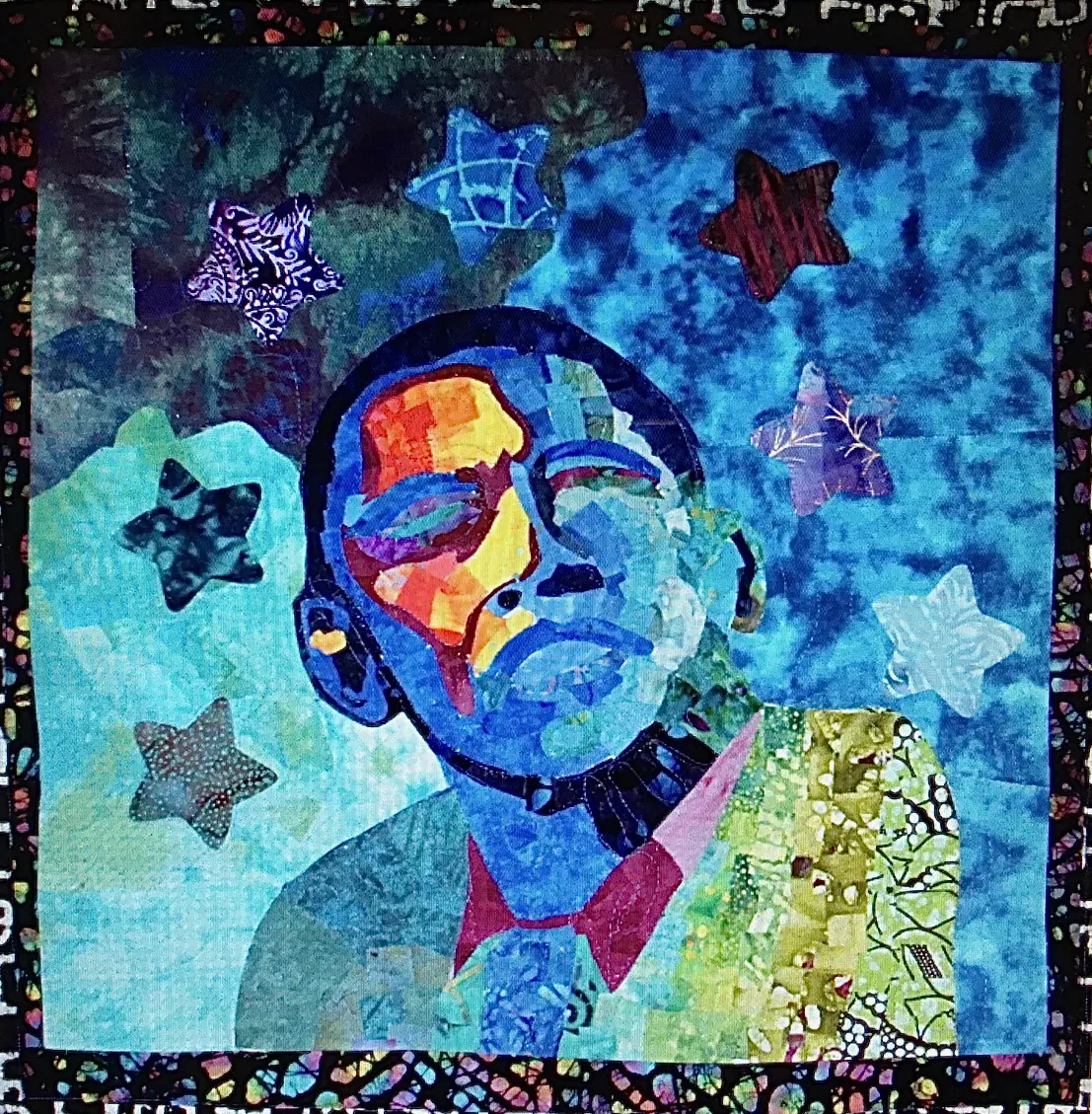
How has your work developed since you began and how do you see it evolving in the future?
I started as a traditional quilter using traditional patterns and techniques. Now, I’m creating my own patterns, integrating other mediums and allowing my quilting and visual art to feed one off the other.
My art reflects a different way of seeing the world. And I want to continue working on my own, giving time and space to letting things develop.
Looking forward, I want to do something on Black Lives Matter, integrating lives that should be remembered in the context of abstract painting – perhaps in a collage series. I’ve come a long way, and I can go further. Things are opening up.
Valerie Deas was a native New Yorker. She participated in group shows worldwide, including Brazil and the International Textile Biennial: Beyond Category – Visions of Jazz in Fiber in San Jose, Costa Rica.
Valerie exhibited in solo shows, including Thread and Paints at Gallery M in Harlem, New York. And her work has been exhibited at the Lincoln Center, Rush Gallery, Kente Royal Gallery and Blue Door Art Gallery. Valerie’s quilts tour with the African American Fiber Art Exhibition throughout the USA. Valerie Deas passed away suddenly in September 2023. For more information about her work, visit valeriedeasart.com
Valerie encourages textile artists to break the rules. Have you ever attempted that in your own work? Let us know below.
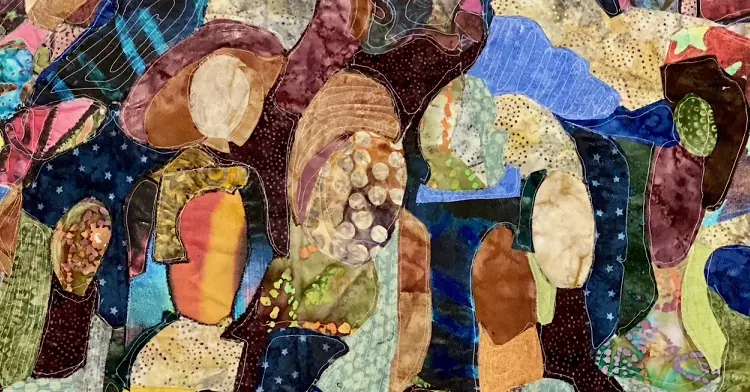

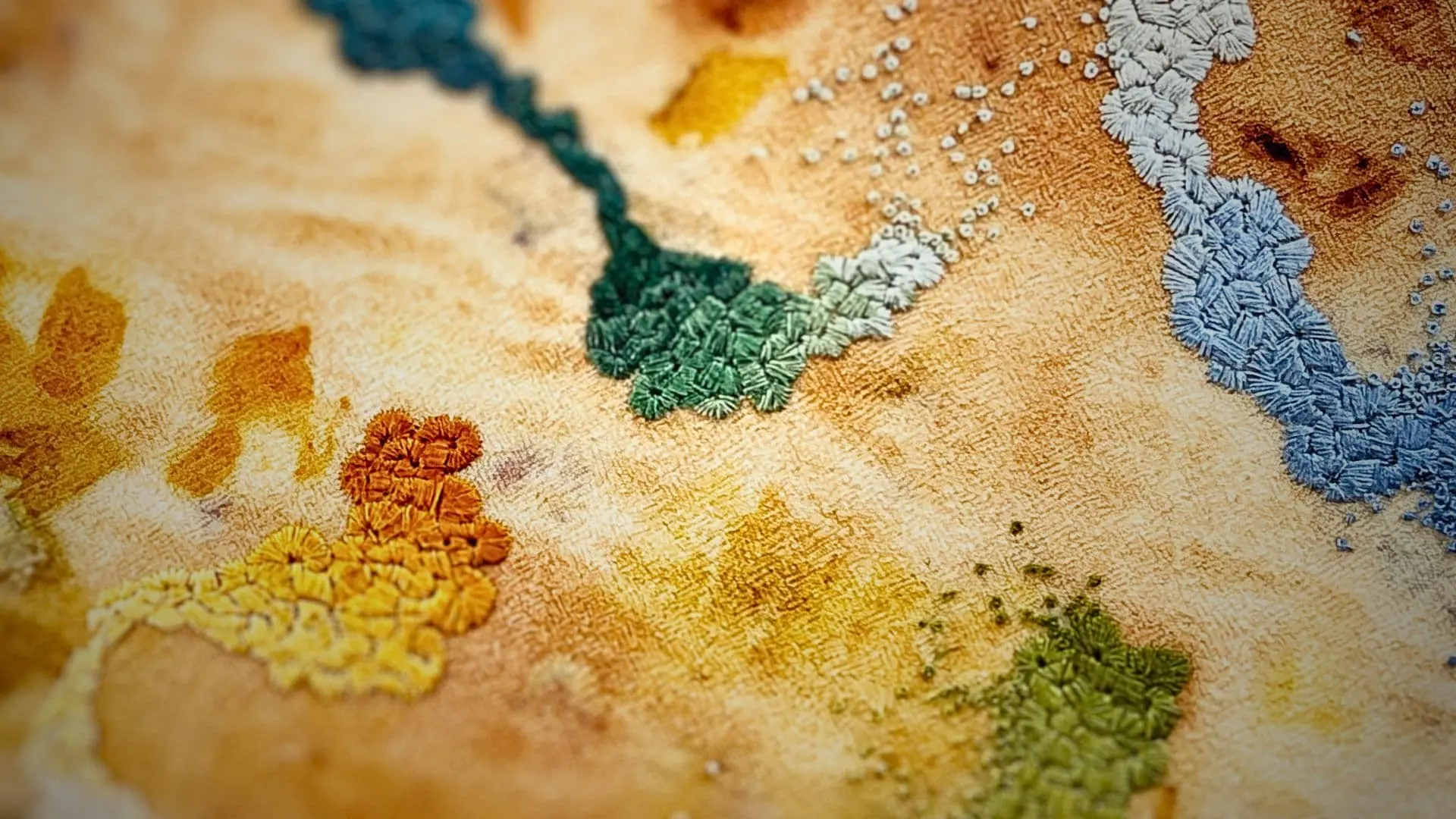
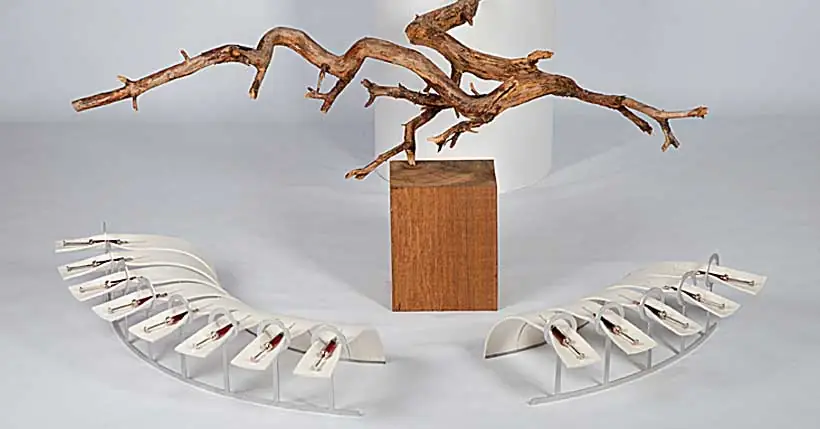
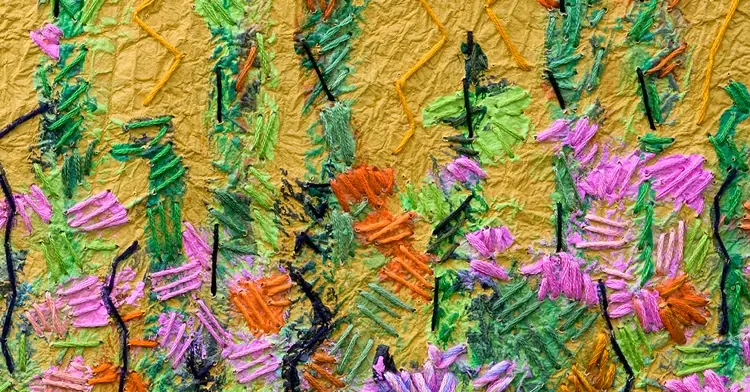
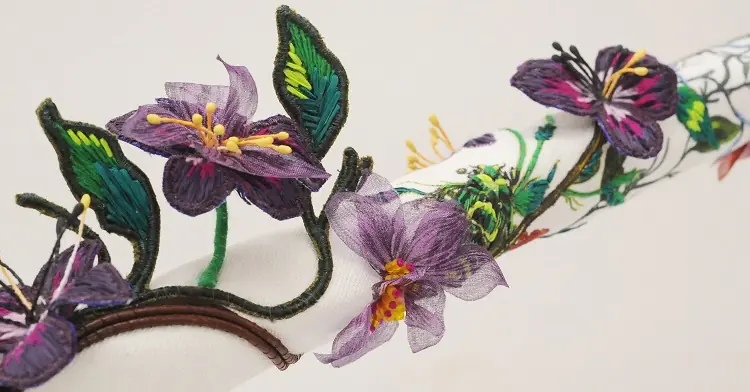
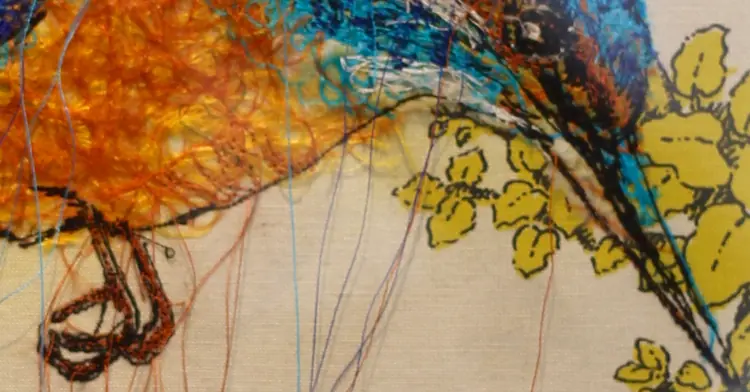
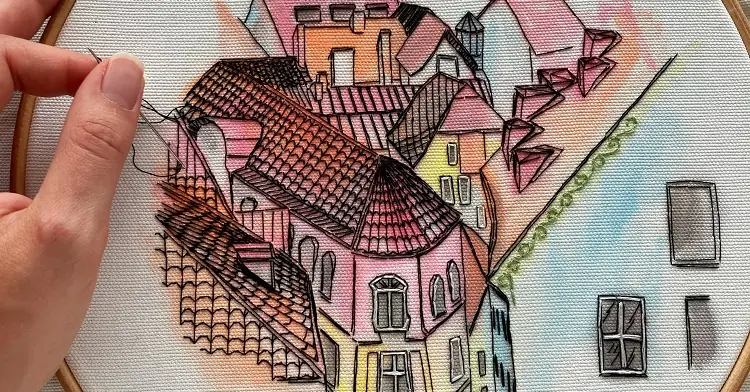
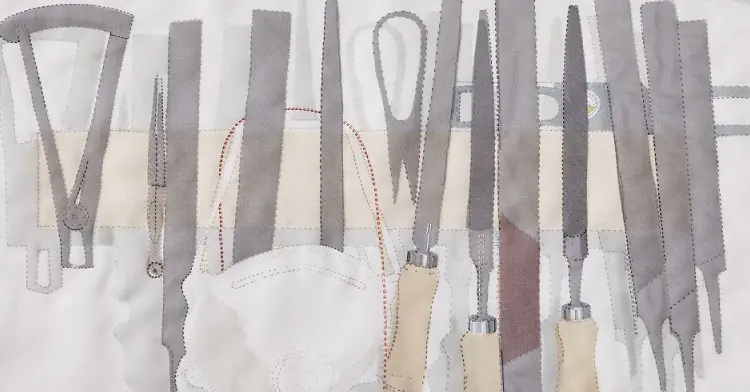
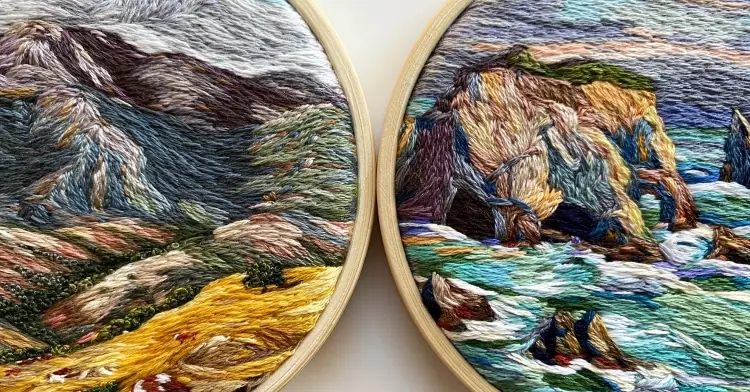
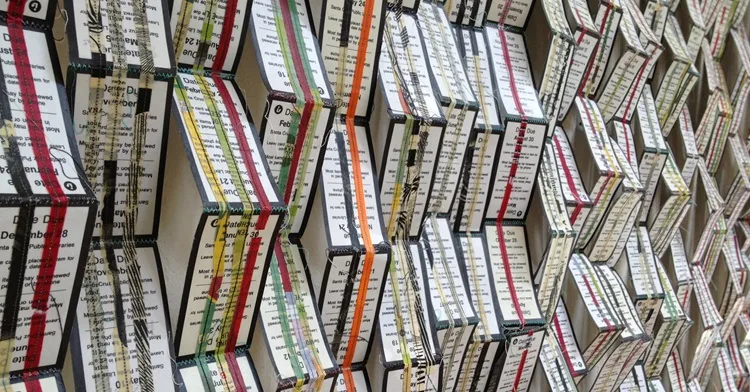
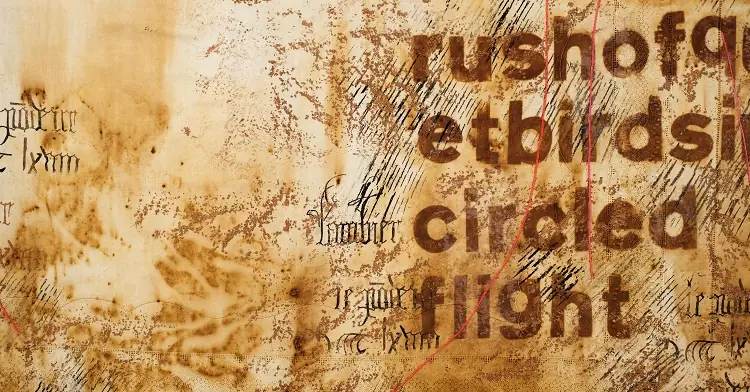
12 comments
Anna G
Rest in peace you beautiful, beautiful soul.
Gayle Alexander
Your work and your words are exquisite and inspiring. thank you so much for both.
Doris Cordero
Wonderful article about your inspiring textile work. Your words are thought provoking as you describe your process of creating and experiences as you developed your craft. Truly talented!
Rosa
Beautiful article, creative quilts, awesome talent and a true artist… Valerie Deas.
Laurene
At a time when creativity is sorely needed to create a new fabric of American life, it’s great to peak into the mind and mastery of Valerie Deas who teaches the importance of imagination and spirit.
Tara Westbrook
Grear article, Mommy! I’m so proud of you. I love the different colors.Love you, Tara.
Valerie Deas
Absolutely, I loved teaching art to children. They are such a great source of light. It is never to late draw some trees and color the. The way you want.
Cruz Soler
Loved learning about Valerie’s growth as an artist and her beautiful pieces of work. She is an inspiration to all who have a dream or talent to share. The pieces she shared and the different techniques she used emphasizes that one must think outside the box and be spontaneous.
Bernadine Roman
This is wonderful. I love your style.
Paula Wynter
Wonderful article on a wonderful artist. I especially liked the African Sculpture in Japanese Textiles piece. Her immense talent certainly informs her spontaneity. Bravo!
Bernadine Roman
I’ve seen your work in person, and have always been impressed with your style, techniques and expressions.
I can always see your signature in your work.
rose
what interesting and varied pieces of your work you have let us see. i wish you had been my teacher and perhaps i would not be so worried about the colour of my tree compared to anyone elses..